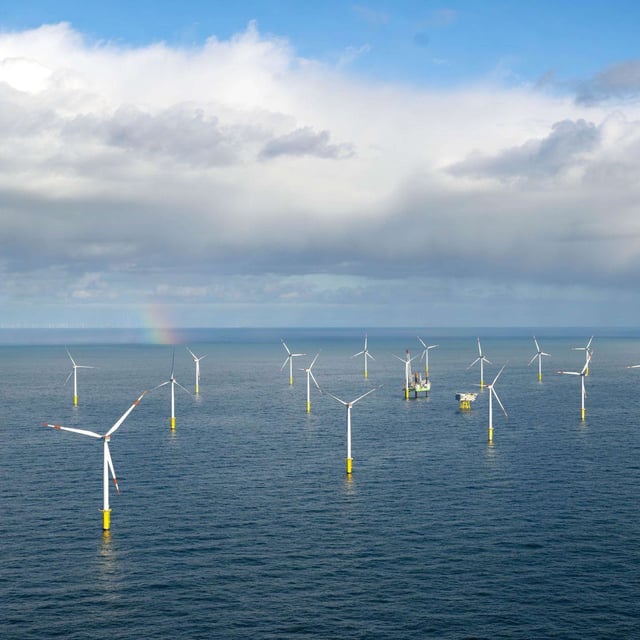Overview
- Of the 228 identified substances, 62 are flagged as environmentally or health relevant, including entries listed by the European Chemicals Agency.
- Corrosion-protection systems account for roughly 70% of potential releases, with around 10% linked to oils and lubricants, plus contributions from cooling and firefighting agents.
- The compilation lists PFAS and polycyclic aromatic hydrocarbons among substances that can be persistent, bioaccumulative, or carcinogenic, mutagenic, or endocrine-active.
- Findings come from literature and safety data sheets rather than field measurements, leaving actual concentrations and fluxes in the marine environment unknown.
- Authors recommend pre- and post-installation measurements, improved analytical sensitivity, feasible technical substitutions, and internationally harmonized standards, noting Germany’s existing strict BSH requirements.
